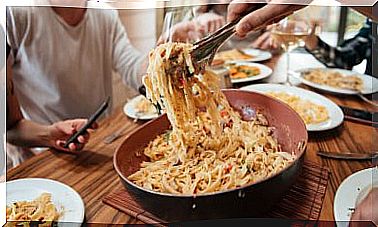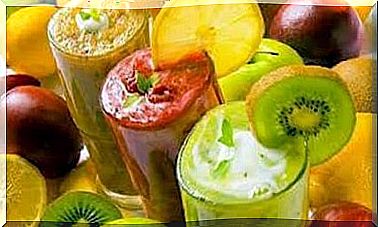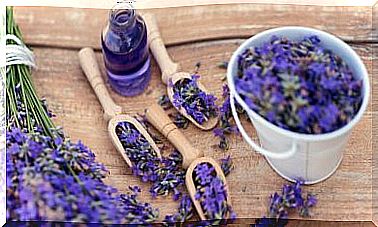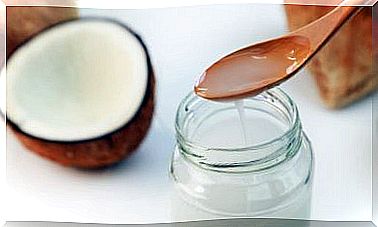Soups And Diuretic Creams For Fluid Retention
Many people suffer from fluid retention. Especially on the legs, arms, belly or face. This is a problem that also worsens the health of our joints. To combat it, we can carry out natural treatments based on natural diuretic remedies, that is, that help us eliminate excess fluids.
However, no treatment is effective if it is not accompanied by a good diet. Therefore, in this article we provide you with some recipes for soups and creams that will naturally help you to improve this annoying disorder.
What salt do we use?
One of the foods that worsens fluid retention is salt. Especially if it is refined salt or table salt. However, consuming small amounts of pure salt (sea salt, gray salt, Himalayan salt) is healthy.
However, in this case we recommend a much more natural alternative for fluid retention. It is also tasty and, in addition, medicinal: sea water.
Sea water in the kitchen
We find more and more natural product stores and even supermarkets that sell seawater for medicinal and culinary use. This liquid has a high content of minerals beneficial to our health.
And, in our case, it causes the kidney to expel twice as much water. It is not diuretic, but rather balancing. That is why it does not carry a risk of dehydration, as long as we take it in the proper way.
That is why it will be the excellent seasoning for our soups and creams. However, we will always use it without overdoing it, since it also has laxative effects. In addition, we can also use some spices to flavor the dishes.
Recipes for fluid retention
Lettuce and fennel cream
Did you know that lettuce can also be eaten cooked? And that is also more digestive like this? Lettuce has great diuretic properties, but it also helps us regulate the nervous system. Therefore, this is an ideal cream for dinner, as it will help us relax before going to bed.
Fennel, with its very special flavor, will give it a sweet touch. It will also further enhance the digestive effects of this cream and will help us combat fluid retention.
Finally, we will use dark colored lettuces. We will always avoid the iceberg variety , which is the one that contains the least nutrients.
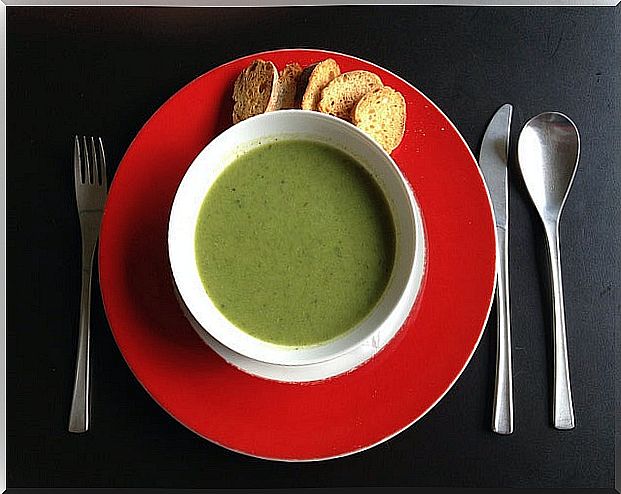
Wild asparagus cream
Wild asparagus is a delicacy. They are usually cooked on the grill, on the grill or in scrambled eggs, but there are also those who prepare them in the form of cream.
We can also use white asparagus, but wild asparagus is tastier.
Ingredients
- 5 glasses of broth (1 l)
- ½ glass of milk or vegetable cream (120 ml)
- ½ kg of wild asparagus
- 3 garlic cloves
- 2 bay leaves
- Olive oil
- Sea salt in moderation
Elaboration
- Use raw asparagus, which we will wash and clean well.
- Sauté them with some garlic and a couple of bay leaves.
- Then add the broth and a little cream or vegetable cream.
- If after grinding everything we have fibers left, we recommend passing the cream through a fine strainer or food processor.
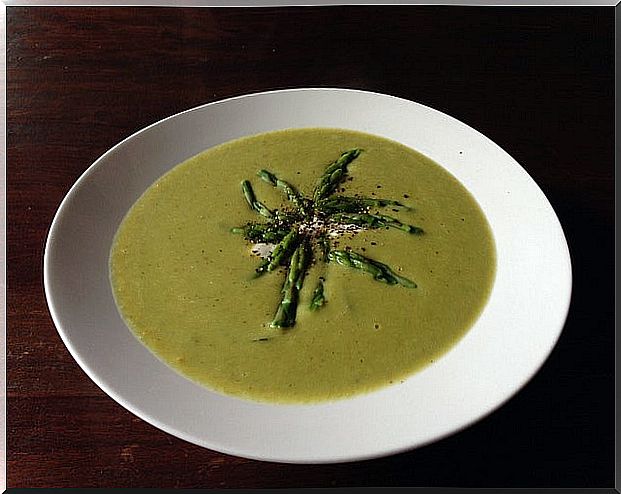
Celery and artichoke soup
Celery is one of the most diuretic vegetables we have. Thanks to its delicate flavor, although we propose it for this recipe, the truth is that we can include it in any soup or cream. To always have it on hand, we can even chop it up and store it in the freezer.
We can also consume it raw in salads. Or dry its leaves, grind them, and mix them with sea salt to always have a herbal salt ready.
The artichoke has so many beneficial and cleansing properties that it should be consumed whenever we can. In addition to being diuretic, it also improves the function of our liver and is a very satiating food. Therefore, it is ideal in weight control diets.
To make this cream we will remove the hardest leaves of the artichoke to leave only the heart of the fruit. We will follow the same steps as in the previous recipe.
Onion and aubergine cream
Onion is a powerful diuretic that helps us clean our kidneys and prevent annoying urine infections. In addition, thanks to its flavor we can also use it in all kinds of soups and creams.
In this case it will allow us to enhance the flavor of the eggplant. This is also a diuretic, antioxidant and helps us lower cholesterol .
Ingredients
- 5 glasses of water (1 l)
- 3 aubergines
- 2 onions
- ½ glass of vegetable milk (100 ml)
- Olive oil
- Sea salt in moderation
Elaboration
- Before cooking, wash and chop the aubergine. Soak it in water and sea salt for an hour.
- Then drain it well.
- Make a sauce with the onion, add the aubergine and then cook the whole mixture.
- We can add a little vegetable oat or rice milk.
- Beat well until you get a homogeneous texture without lumps.
Images courtesy of doug beckers, shashinjutsu





